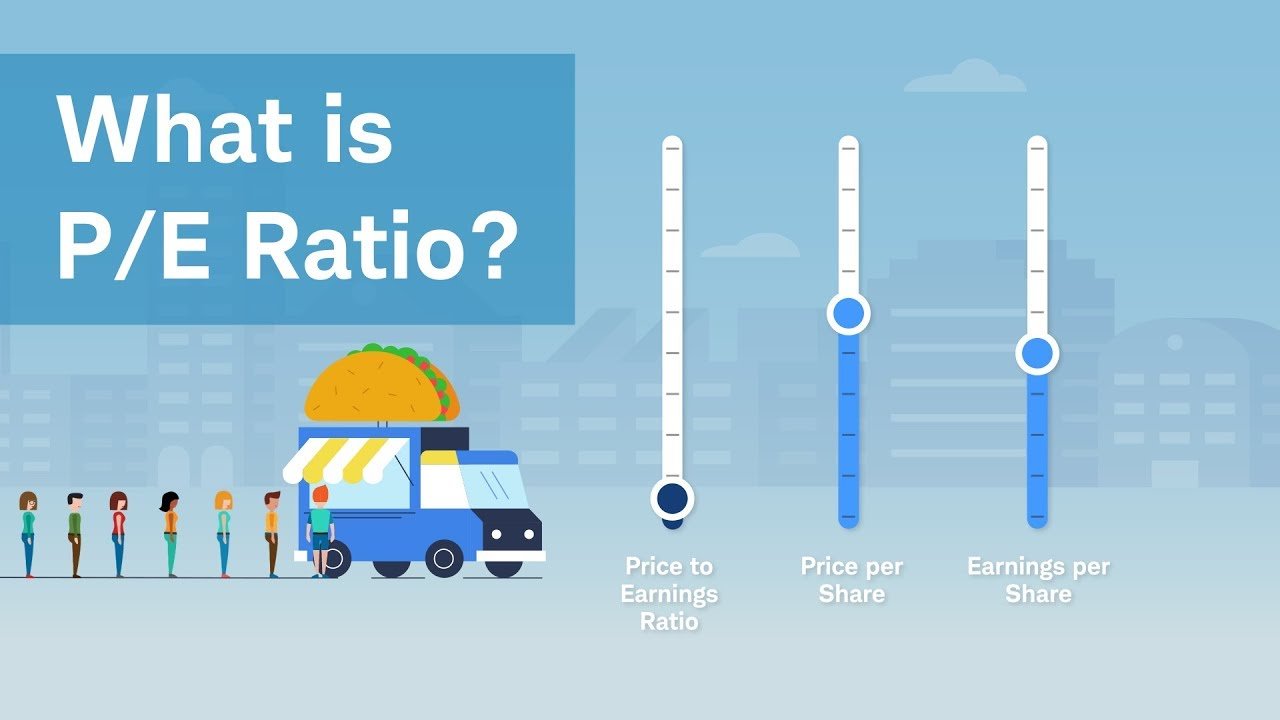The price-to-earnings ratio, commonly referred to as the P/E ratio, is a valuable tool used by investors to evaluate the financial health and potential profitability of a company’s stock. Understanding this ratio can help individuals make informed investment decisions and identify stocks that may be undervalued or overvalued in the market.
At its core, the P/E ratio compares a company’s stock price with its earnings per share (EPS). It is calculated by dividing the current market price of a stock by its EPS over a specific period, typically the last four quarters. The resulting number indicates how much investors are willing to pay for each dollar of earnings generated by the company.
A high P/E ratio suggests that investors have high expectations for future growth and are willing to pay a premium for the stock. Conversely, a low P/E ratio may indicate that investors have lower expectations or concerns about the company’s future prospects. However, it’s important to note that different industries may have different average P/E ratios due to variations in growth rates and risk factors.
One of the primary benefits of using the P/E ratio is its ability to compare companies within an industry or sector. By comparing similar companies’ ratios, investors can gain insights into which stocks might be relatively undervalued or overvalued compared to their peers. For example, if Company A has a significantly higher P/E ratio than Company B despite similar business models and growth prospects, it could indicate that Company A is overpriced relative to its earnings potential.
Investors should also consider other factors alongside the P/E ratio when evaluating stocks. These include analyzing industry trends, assessing management quality and corporate governance practices, reviewing financial statements and balance sheets, as well as taking into account macroeconomic conditions affecting businesses within specific sectors.
It’s worth noting that while useful in many cases, there are limitations to relying solely on the P/E ratio for investment decisions. First and foremost, historical P/E ratios cannot predict future performance accurately. Market dynamics, company-specific events, and economic factors can significantly impact a stock’s price and earnings potential. Additionally, the P/E ratio does not account for debt levels, cash flows, or other financial indicators that may affect a company’s overall value.
In conclusion, the price-to-earnings ratio is a widely used tool by investors to gauge the relative value of stocks in the market. It provides insights into how much investors are willing to pay for each dollar of earnings generated by a company. While it can be helpful in identifying undervalued or overvalued stocks when compared within an industry or sector, it should not be the sole factor considered when making investment decisions. Investors should conduct thorough research and consider multiple financial indicators before making any investment choices.

